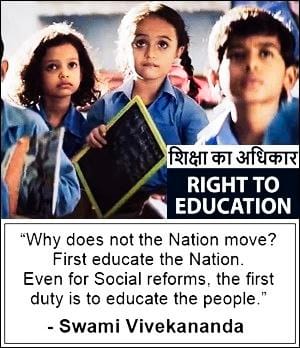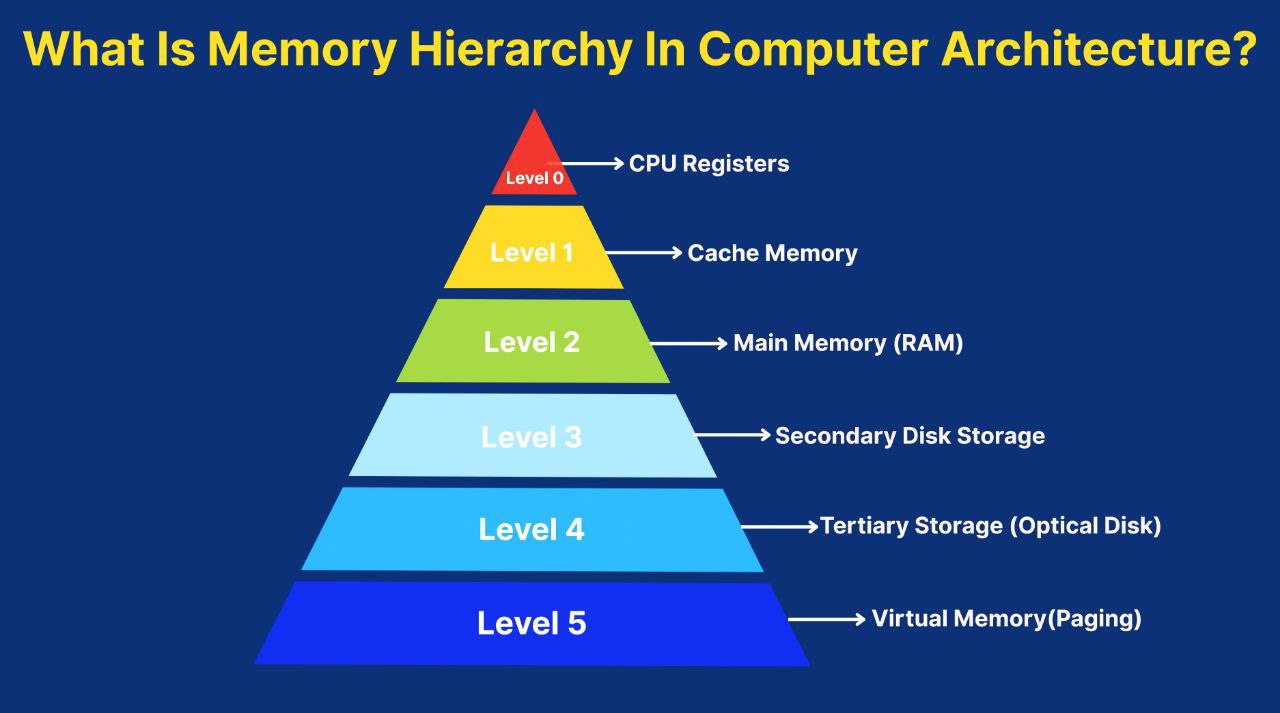Social Welfare Policies – Education: Right to Education (RTE)
Education: Right to Education (RTE)
The Right to Education (RTE) is a landmark social welfare policy in India that ensures free and compulsory education for all children. Enshrined in the Constitution (86th Amendment) Act, 2002, and operationalized through the Right of Children to Free and Compulsory Education Act, 2009, this legislation is a significant step towards achieving universal education, reducing inequality, and promoting social justice.
Key Features of the Right to Education (RTE) Act, 2009
- Free and Compulsory Education:
- The Act guarantees free education to every child between the ages of 6 to 14 years in a neighborhood school.
- It makes elementary education (from Class 1 to Class 8) a fundamental right for all children in this age group.
- Compulsory education means that the state is obligated to ensure that children attend school and complete their education.
- No Child Left Behind:
- The Act mandates that children cannot be held back or expelled from school until they complete their elementary education (i.e., till the completion of Class 8).
- Continuous and comprehensive evaluation (CCE) is used instead of exams to assess student progress.
- School Infrastructure and Teacher Qualifications:
- The Act sets minimum norms for schools, including standards for teacher-pupil ratios, infrastructure (like classrooms, toilets, drinking water), and the availability of teaching and learning materials.
- Schools must employ qualified teachers and offer training to those who are not adequately qualified.
- Inclusivity and Equal Opportunity:
- The RTE Act includes provisions to ensure that children from disadvantaged sections of society—such as economically weaker sections (EWS), Scheduled Castes (SCs), Scheduled Tribes (STs), and children with disabilities—are provided equitable access to quality education.
- Private schools are required to reserve 25% of their seats for children from EWS and disadvantaged groups, and the government reimburses the schools for the costs of these students.
- Prohibition of Capitation Fees and Screening:
- Schools are prohibited from charging capitation fees (donations) or conducting screening tests for admission.
- Admission to schools must be granted based on a child’s right to education and not on financial or academic merit.
- Rights of Children with Disabilities:
- The Act incorporates provisions for the education of children with disabilities, ensuring that they are not excluded from the school system and receive necessary support, including infrastructure and resources.
- School Management Committees (SMCs):
- The Act mandates the establishment of School Management Committees (SMCs) in government schools, comprising parents, teachers, and local authorities, to oversee the functioning of schools and ensure accountability.
Significance of the Right to Education (RTE) Act
- Universal Access to Education:
- The RTE Act aims to achieve universal enrollment by ensuring that no child is denied access to schooling due to economic, social, or physical barriers.
- It addresses issues like dropout rates, non-enrollment, and out-of-school children.
- Social Equity and Inclusion:
- By mandating the inclusion of children from marginalized sections in private schools, the RTE Act promotes social integration and helps reduce disparities in education between different socio-economic groups.
- It empowers children from disadvantaged backgrounds by giving them access to quality education that can improve their future opportunities.
- Promotion of Child Rights:
- The Act underscores that education is a child’s right and not merely a privilege. This shifts the focus to child-centered learning and emphasizes the role of education in empowering individuals and enabling them to exercise their full potential as citizens.
- Improving the Quality of Education:
- The RTE Act sets minimum standards for schools, ensuring that educational institutions provide not just access to education but also quality education.
- The focus on qualified teachers, adequate infrastructure, and continuous evaluation is aimed at improving the overall learning environment in schools.
- State Accountability:
- The RTE Act holds the government accountable for fulfilling its constitutional obligation to provide education. The onus is on the state to ensure that children attend school and that adequate facilities are in place for their education.
- The Act also calls for transparency in the governance of schools through SMCs, enhancing community participation in school management.
Challenges and Criticisms of the Right to Education Act
While the RTE Act has made significant strides in ensuring access to education, there are several challenges and criticisms regarding its implementation and effectiveness:
- Quality of Education:
- Despite efforts to improve school infrastructure and teacher quality, the quality of education in many government schools remains a concern. Issues such as teacher absenteeism, lack of proper training, and poor learning outcomes still persist.
- Infrastructure Deficits:
- Many schools, particularly in rural areas, lack adequate infrastructure such as proper classrooms, sanitation facilities, and drinking water. This has been a major hurdle in ensuring the success of the RTE Act.
- Inadequate Funding:
- The effective implementation of the RTE Act requires substantial financial investment, and there have been concerns that both the central and state governments have not allocated sufficient funds to meet the Act’s objectives.
- Private School Opposition:
- Some private schools have raised objections to the requirement to reserve 25% of seats for children from economically weaker sections, arguing that it places a financial burden on them, even though the government reimburses part of the cost.
- Focus on Enrollment vs. Learning Outcomes:
- The RTE Act has succeeded in increasing enrollment rates, but it has been criticized for focusing more on ensuring that children are in school rather than on ensuring that they are learning effectively.
- There is growing concern over the learning gap in basic reading and math skills among students in elementary education, particularly in rural schools.
- Lack of Inclusion for Children Aged 0-6 and 15-18:
- The Act applies only to children aged 6-14 years, leaving out younger children who need pre-school education and older children who need secondary education. Critics argue that a more comprehensive approach is needed to cover the entire span of childhood.

Impact of the Right to Education Act
- Increased Enrollment and Attendance:
- The RTE Act has significantly boosted school enrollment rates across the country, especially among children from disadvantaged backgrounds. More girls and children from minority communities are now attending school due to the Act.
- Enhanced Focus on Child Rights:
- The Act has drawn attention to the rights of children to education, empowering parents and communities to demand better educational facilities and services from the state.
- Reduction in Dropout Rates:
- The prohibition of detention and corporal punishment, along with free education, has contributed to a reduction in dropout rates, particularly at the elementary level.
- Integration of Marginalized Children:
- The 25% reservation in private schools for children from disadvantaged groups has created opportunities for social integration and given these children access to better education in private institutions.

Conclusion
The Right to Education Act is a cornerstone of India’s commitment to social welfare through education. It represents a significant step toward achieving universal access to education and social equality by ensuring that every child, regardless of their socio-economic background, has the opportunity to receive an education. However, to fully realize the potential of the RTE Act, there is a need for continued focus on improving the quality of education, strengthening infrastructure, and addressing implementation challenges. Effective collaboration between government, private institutions, and civil society is crucial for the success of the RTE and for shaping a more educated and equitable future for India.
Share this content:



Leave a Reply